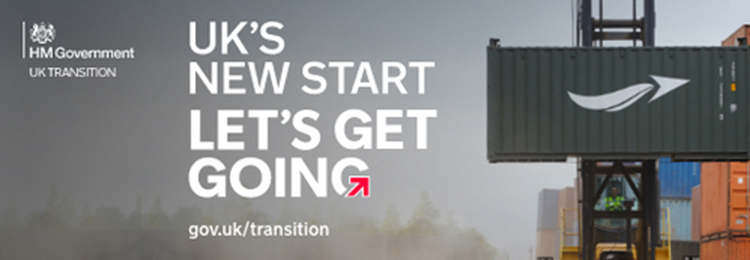
Rules of Origin for trading with the EU: A short explainer for SMEs
Date: Wednesday 10 February 2021
What are Rules of Origin?
Rules of Origin determine the economic nationality of a good under a Free Trade Agreement (FTA). Businesses need to know about them because the UK-EU Trade and Cooperation Agreement (TCA) means they can trade with the EU without paying tariffs – but only if their product meets the relevant Rules of Origin.
How do Rules of Origin impact my business?
To export tariff-free into the EU, traders must check their goods meet the Rules of Origin requirements set out in the UK-EU Trade and Cooperation Agreement and have the right documentation. If your goods do not meet the Rules of Origin, they may face a tariff upon export to the EU.
What action do I need to take?
Watch the new on on demand video which summarise Rules of Origin processes for businesses.
Then, if you are a UK exporter and your EU importer wants to claim zero tariffs on your goods, there are 3 key steps to work out whether your goods comply with rules of origin:
- Classify your good – every good has a commodity code and a list is available on gov.uk
- Understand whether your good meets the applicable rule of origin from the TCA (Chapter 2 as well as Annexes ORIG-1 to ORIG-4 will be most useful - see attachment below). You can also use the export checker tool to find out what rule of origin applies to your exports.
- Understand how to demonstrate origin to the customs authorities.
For help in working out whether your goods comply and how to demonstrate this to customs authorities, read the Rules of Origin Guidance on trading with the EU.
You may choose to use a customs agent to help you with Rules of Origin and there is guidance available here on how to find one.
To view the full short explainer document, click on the second attachment below.
In addition, BEIS have also issued updates on the Value Added Tax EU Exit Transitional Provisions. This gives guidance about the VAT treatment of transactions of movements of goods, which span the end of the transition period, and has been updated with information about goods in a warehousing regime. For more information, click here.
More information and guidance for businesses who import and/or export can be found by CLICKING HERE.
